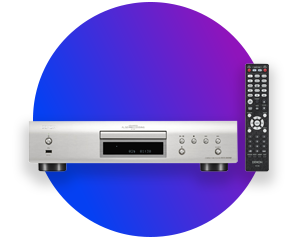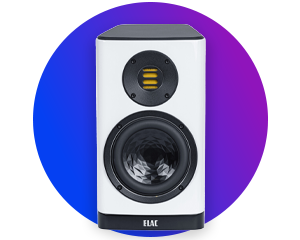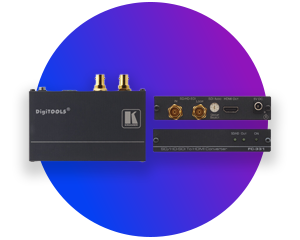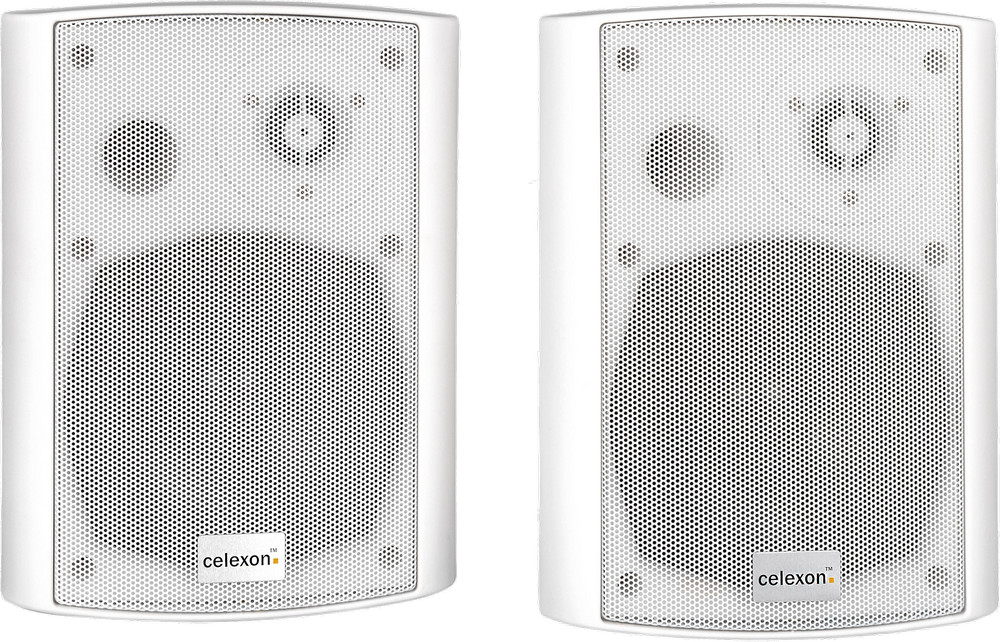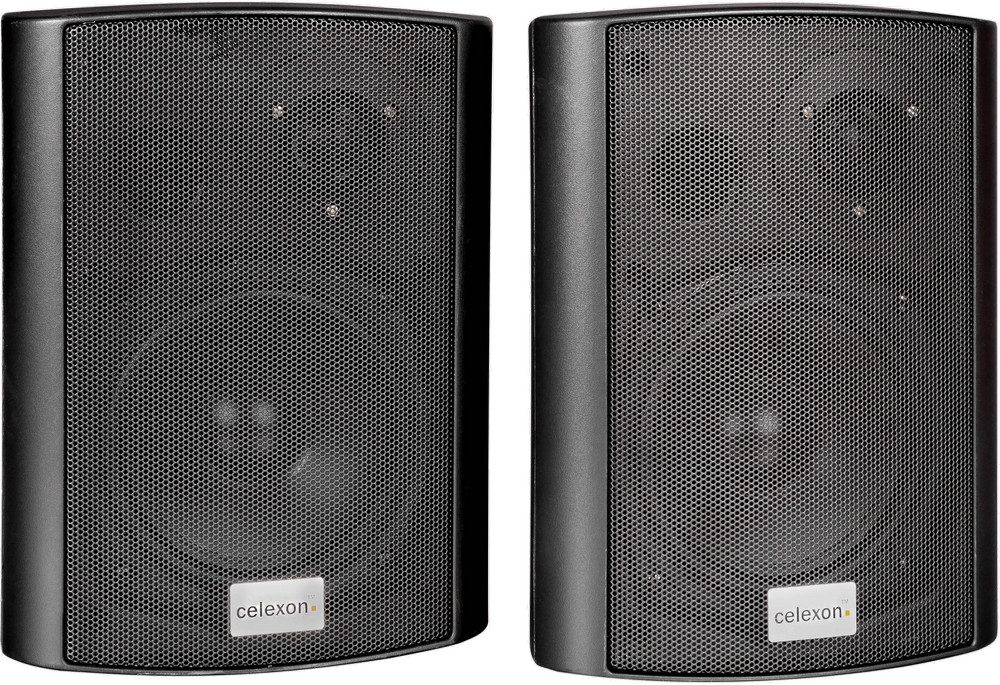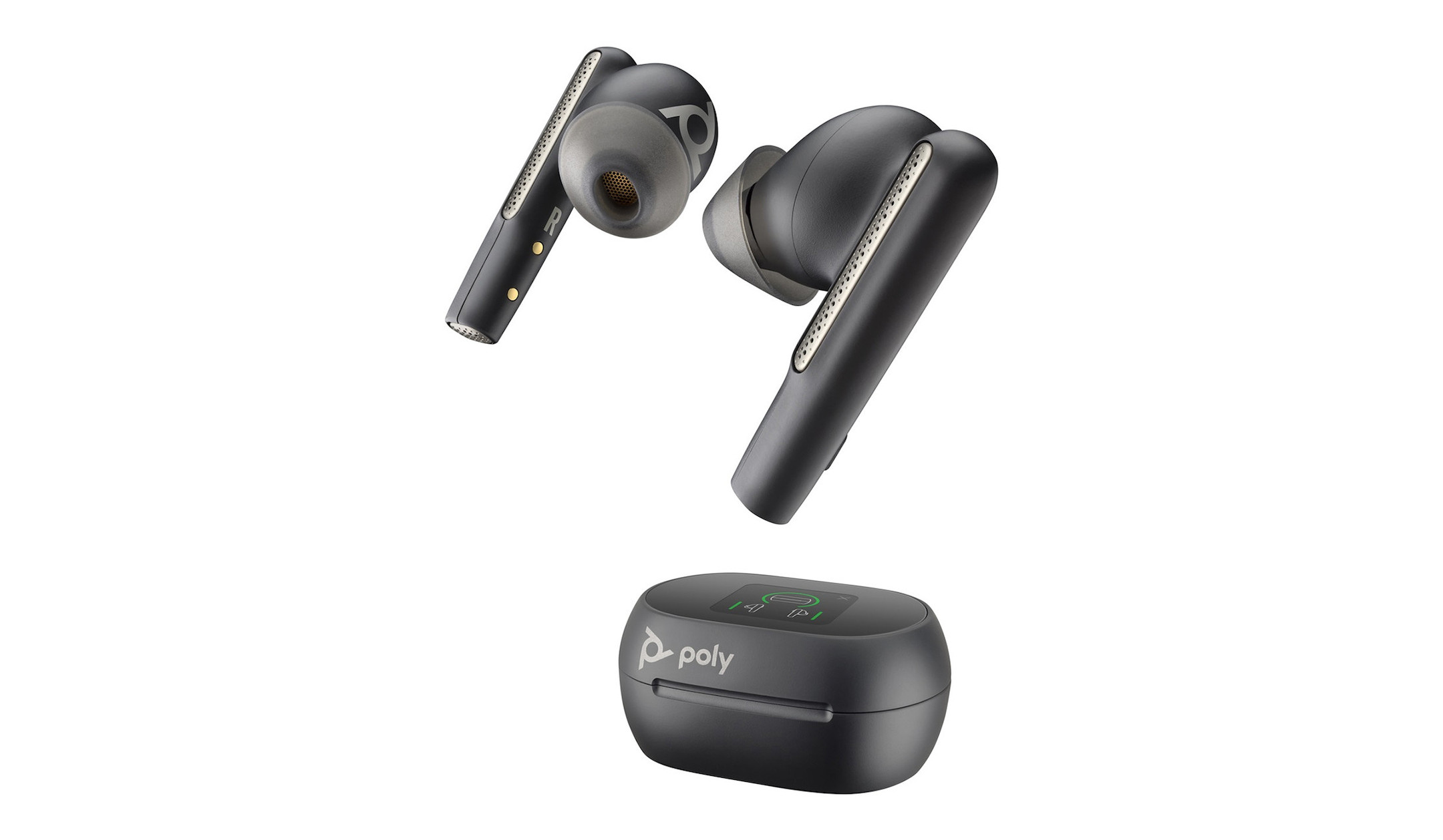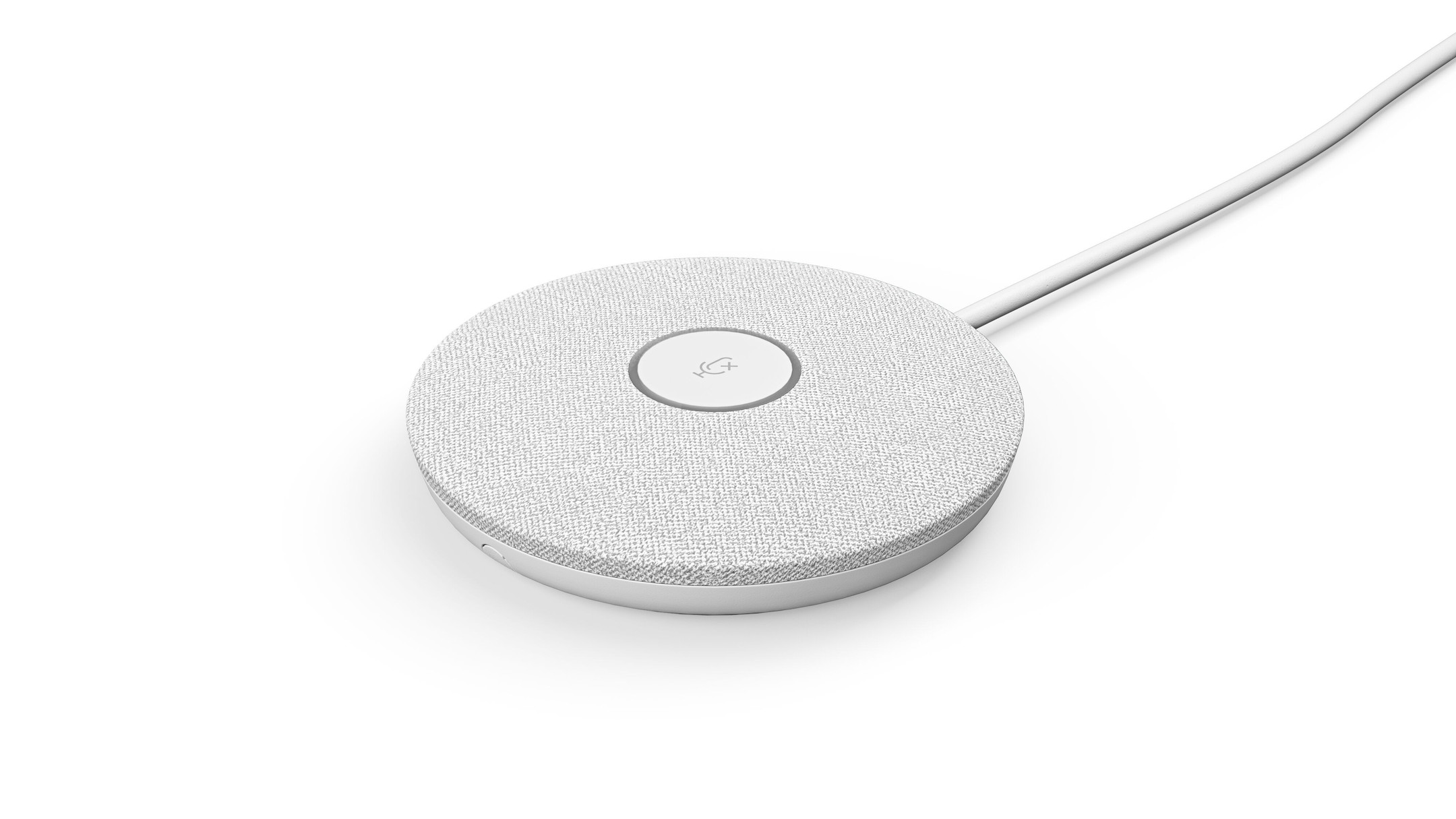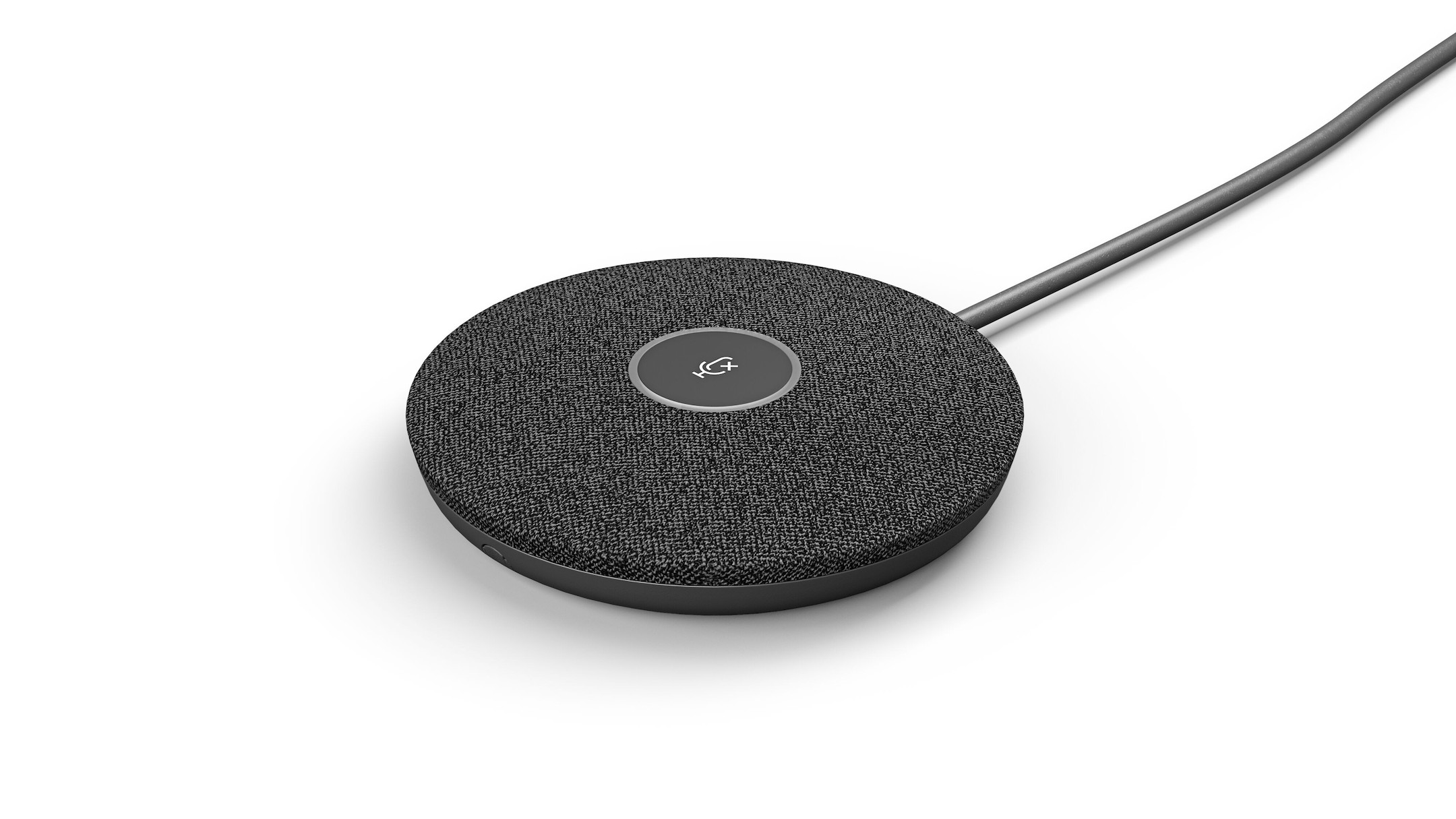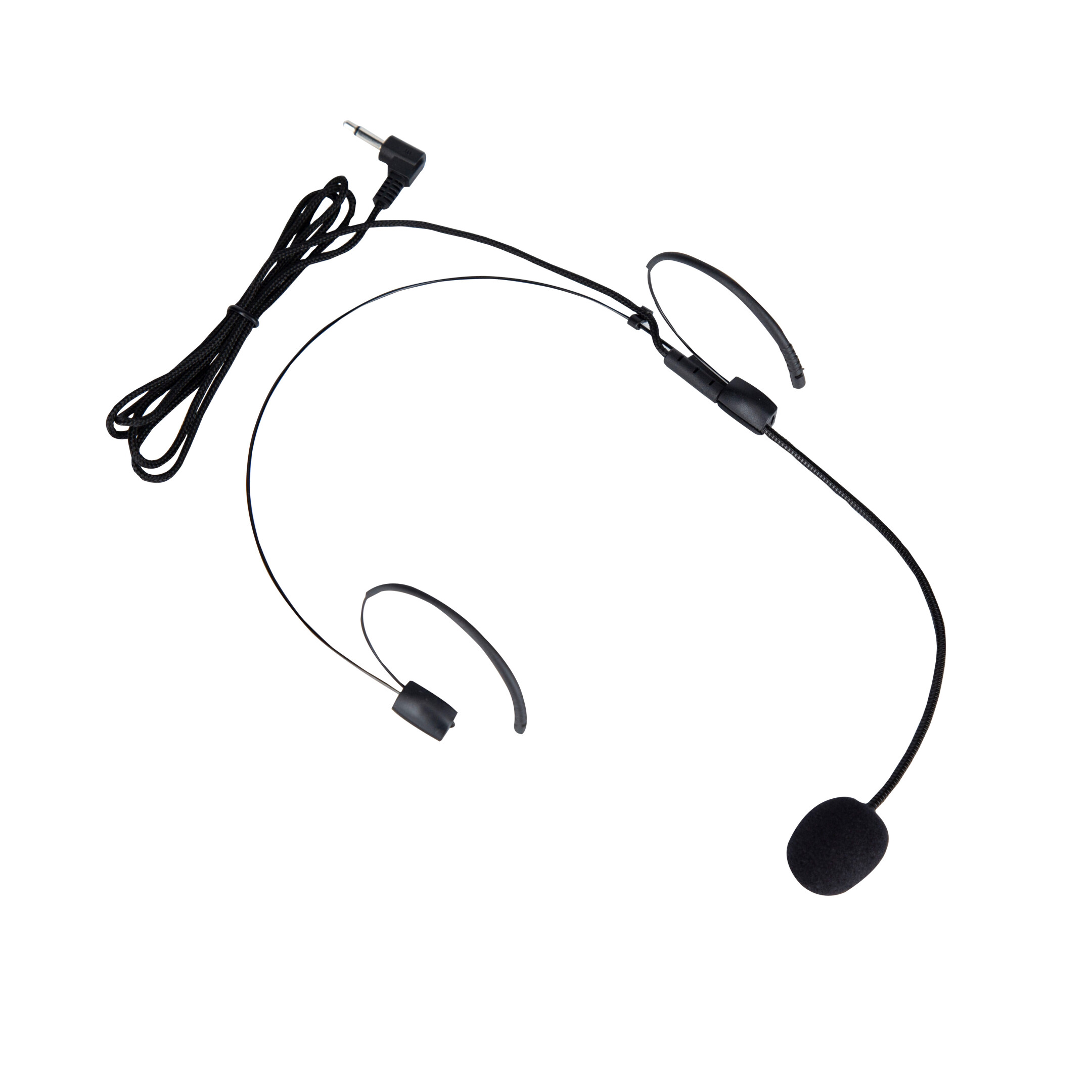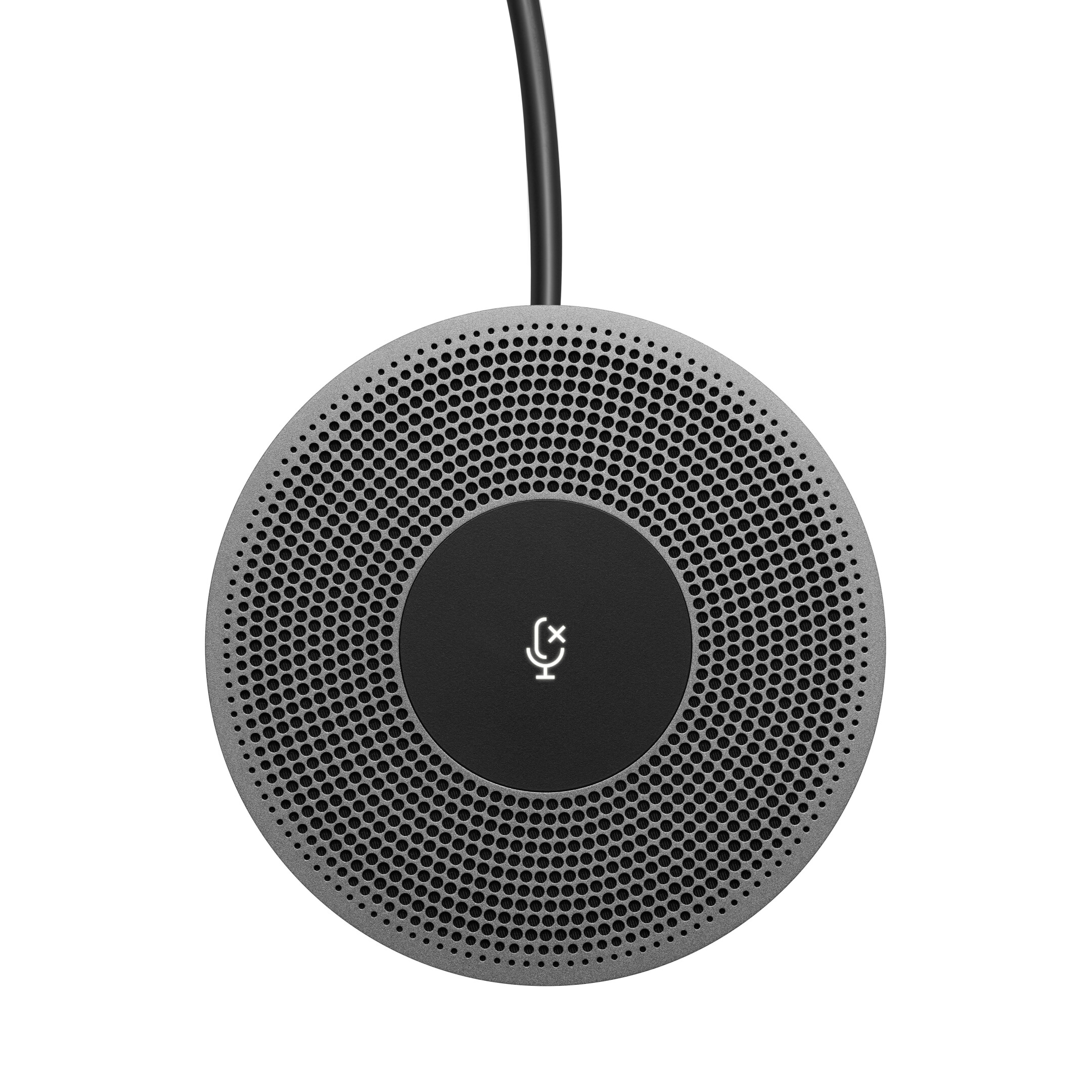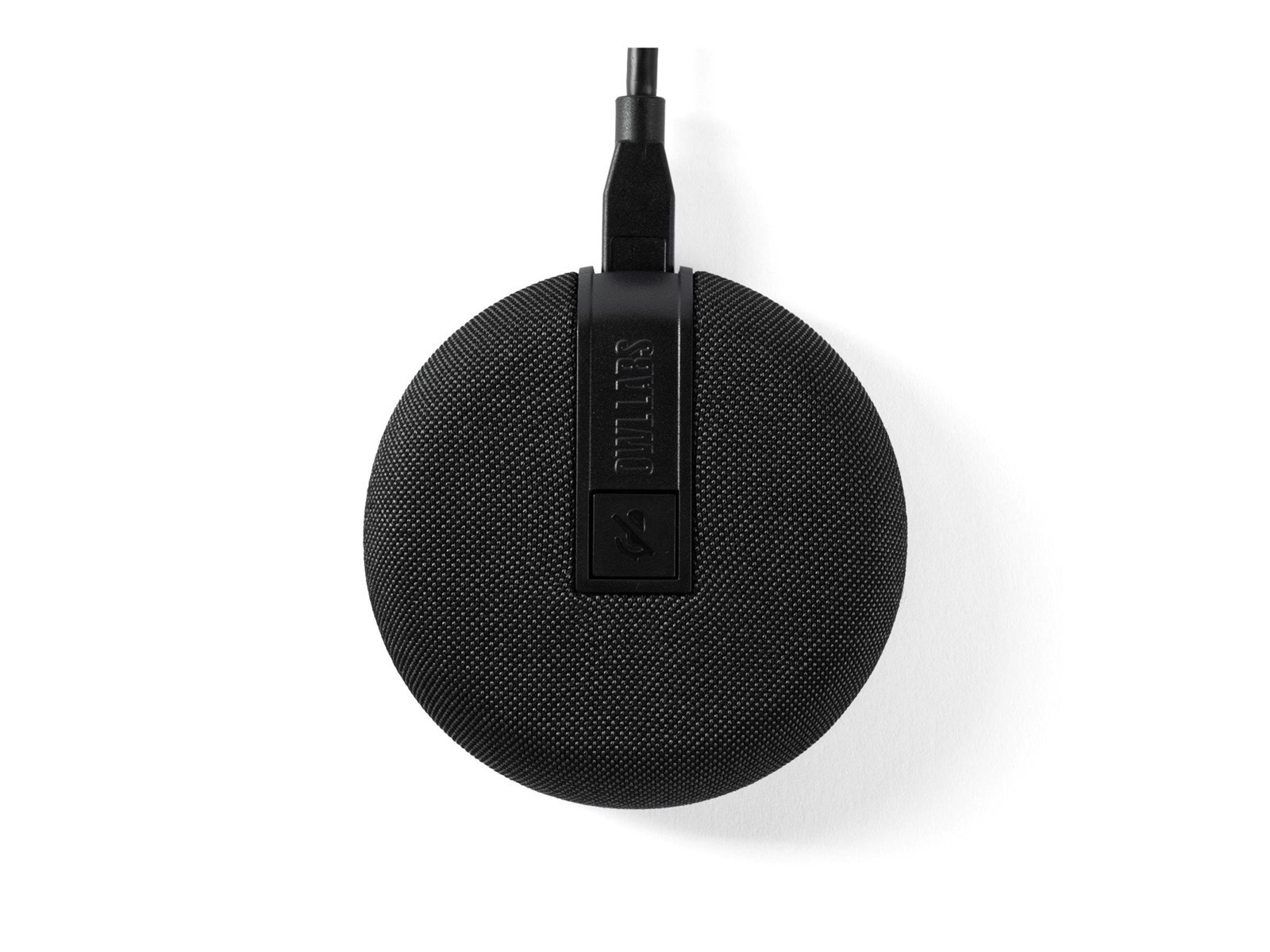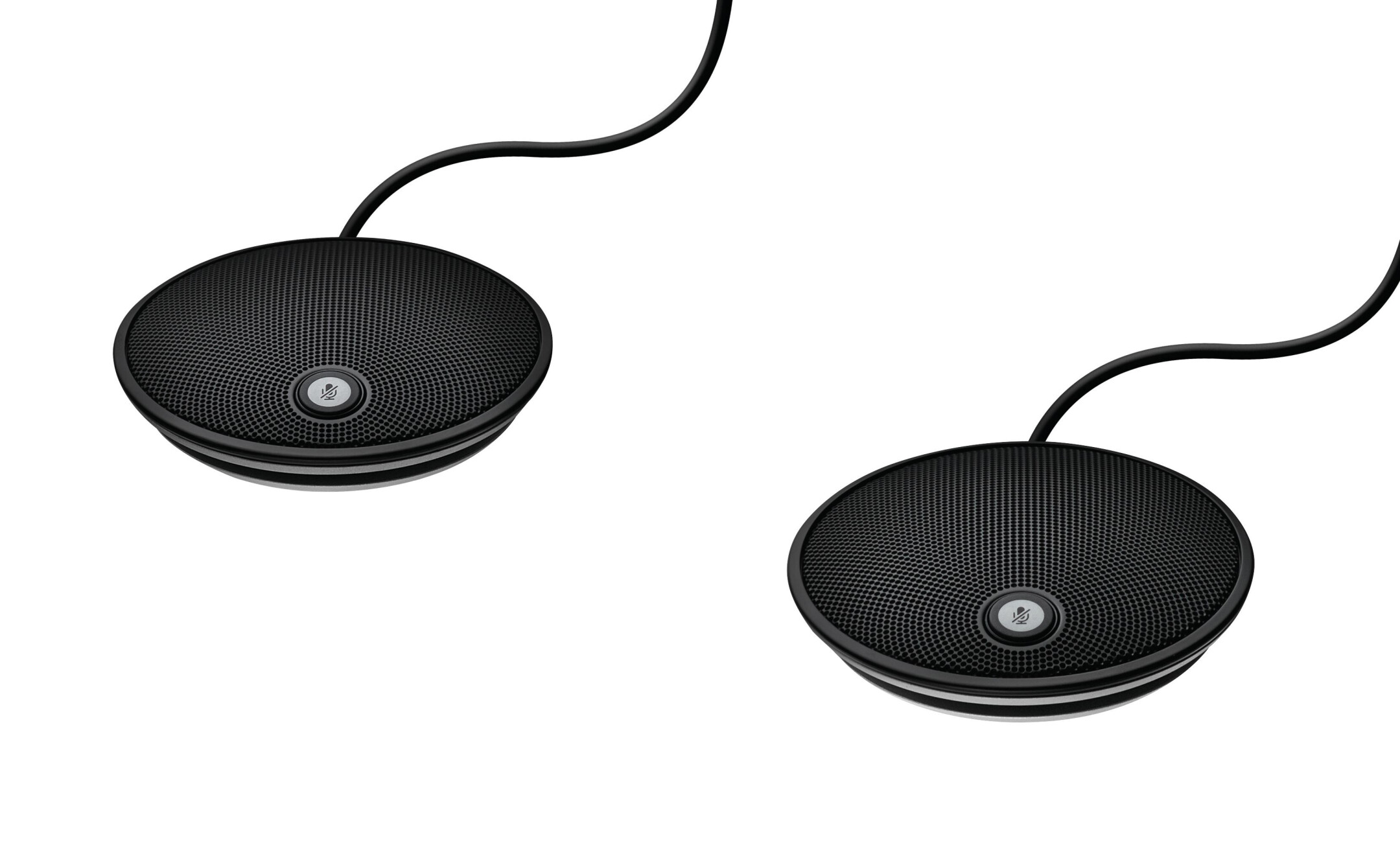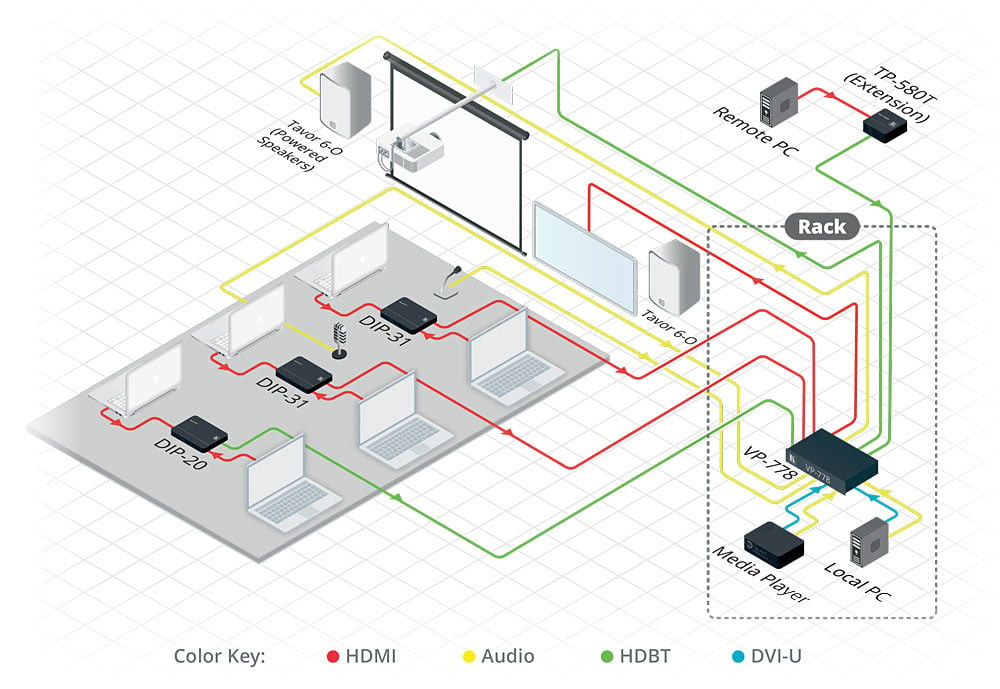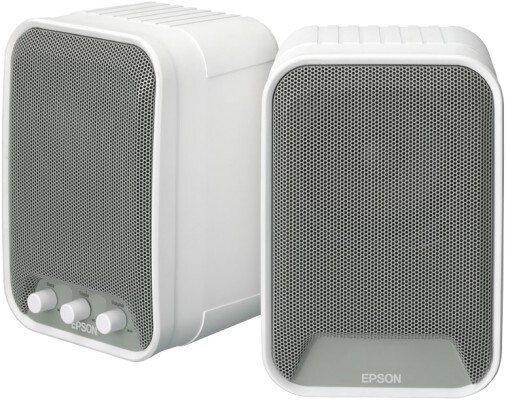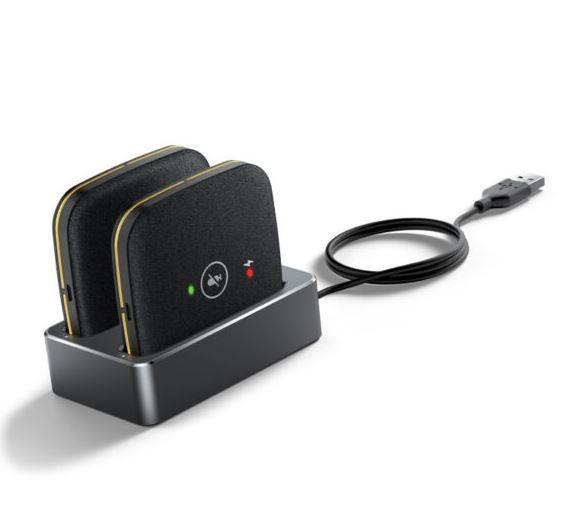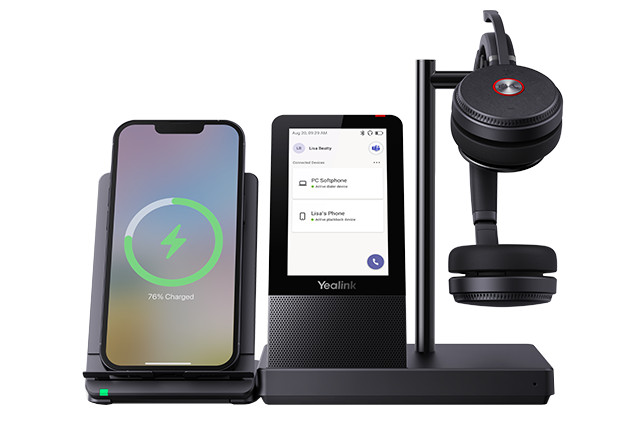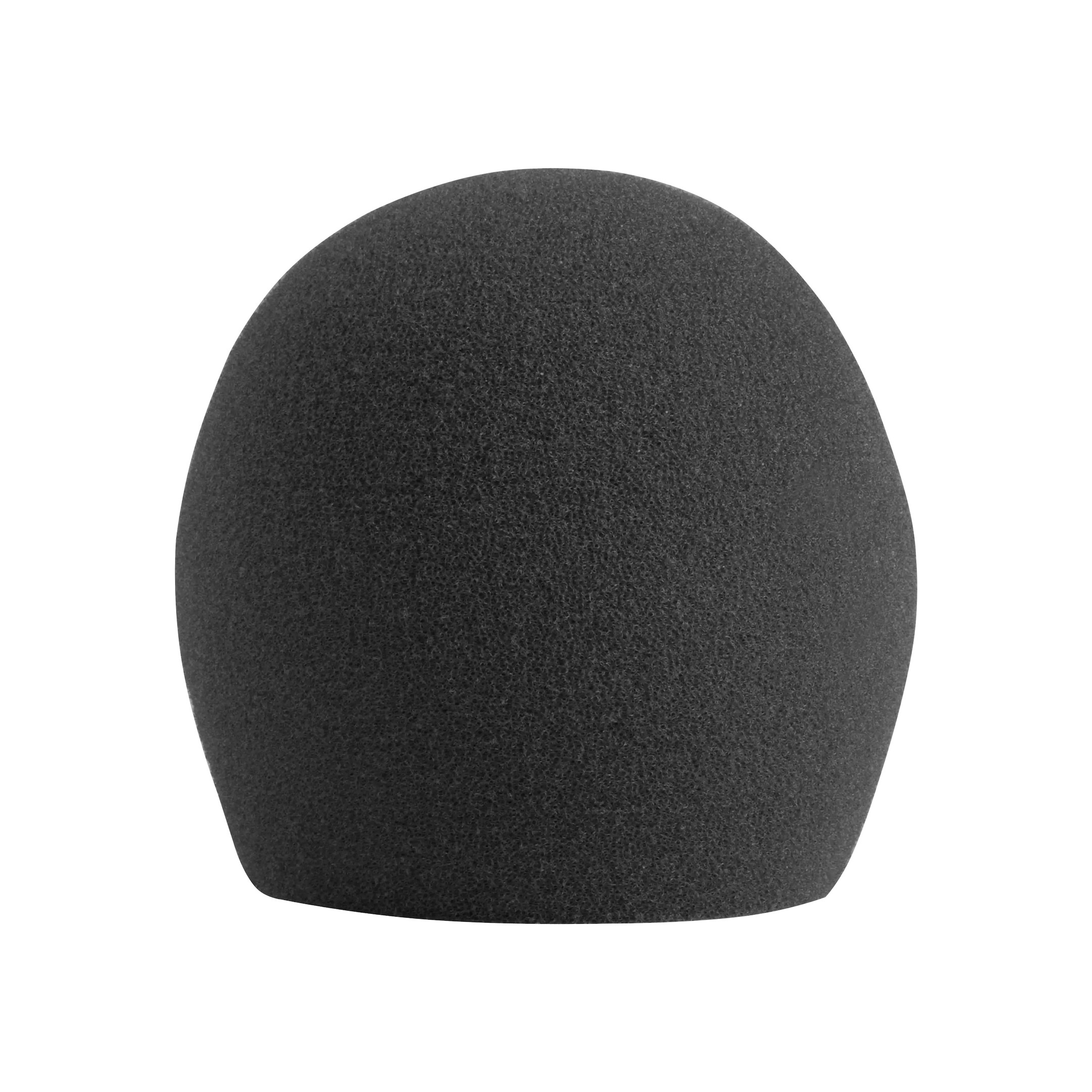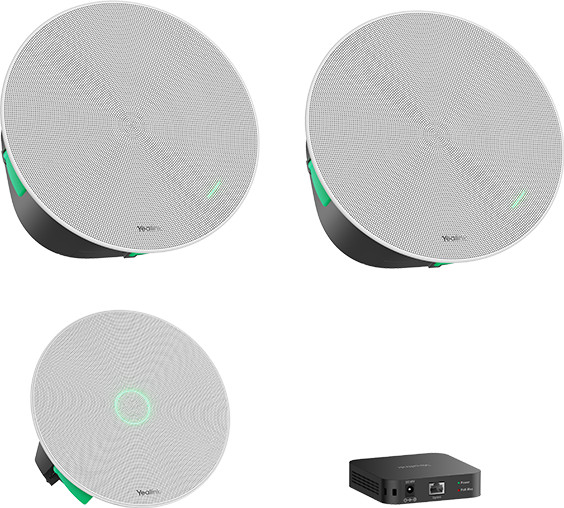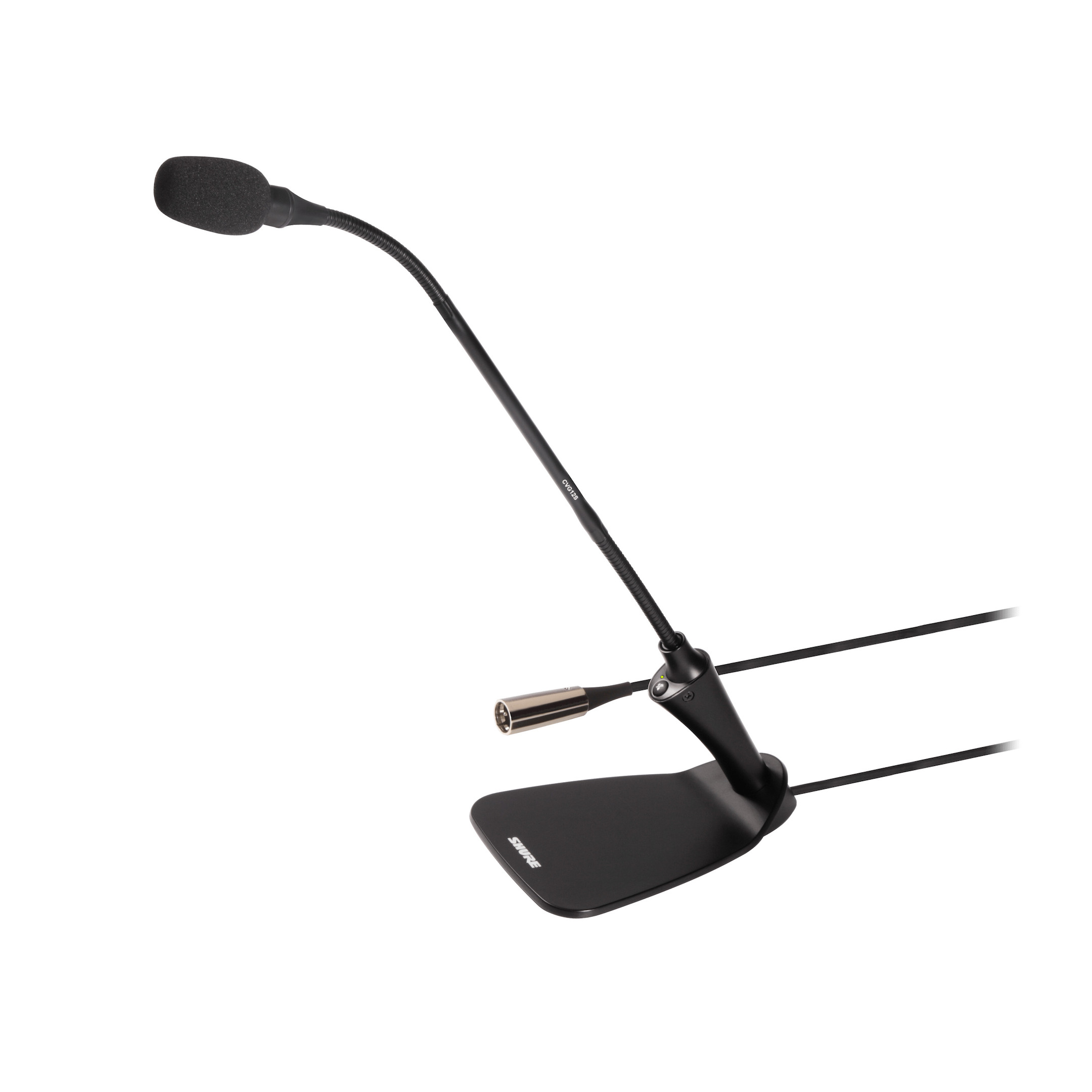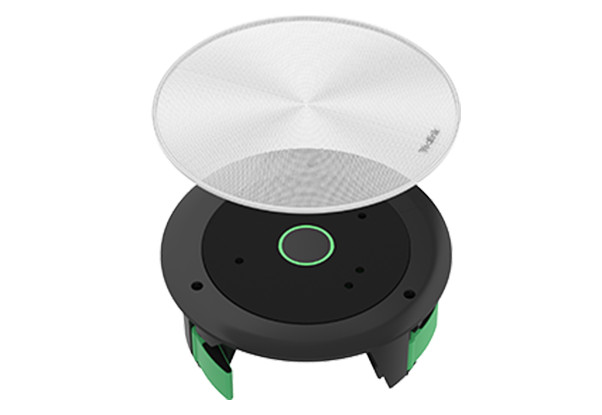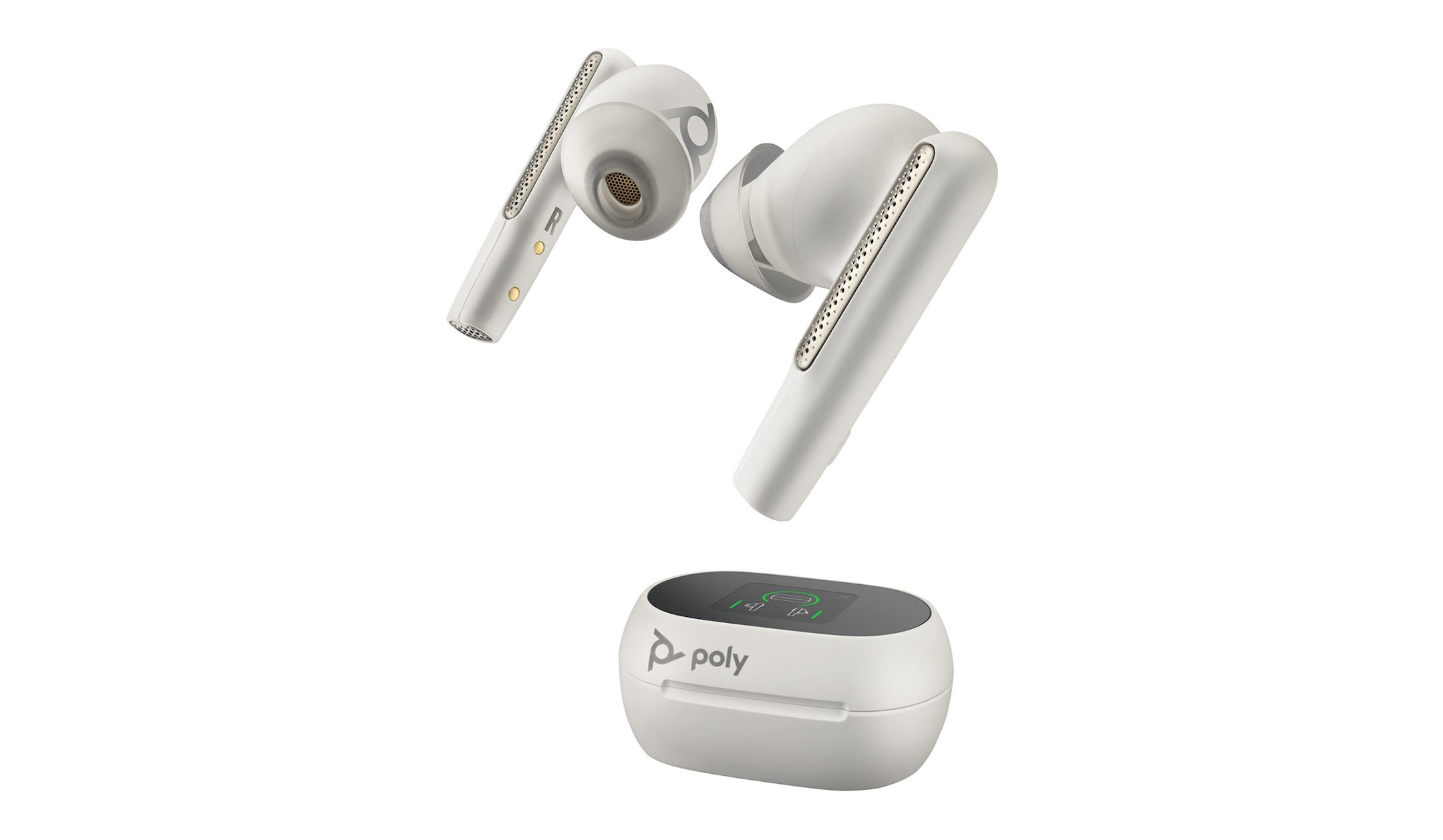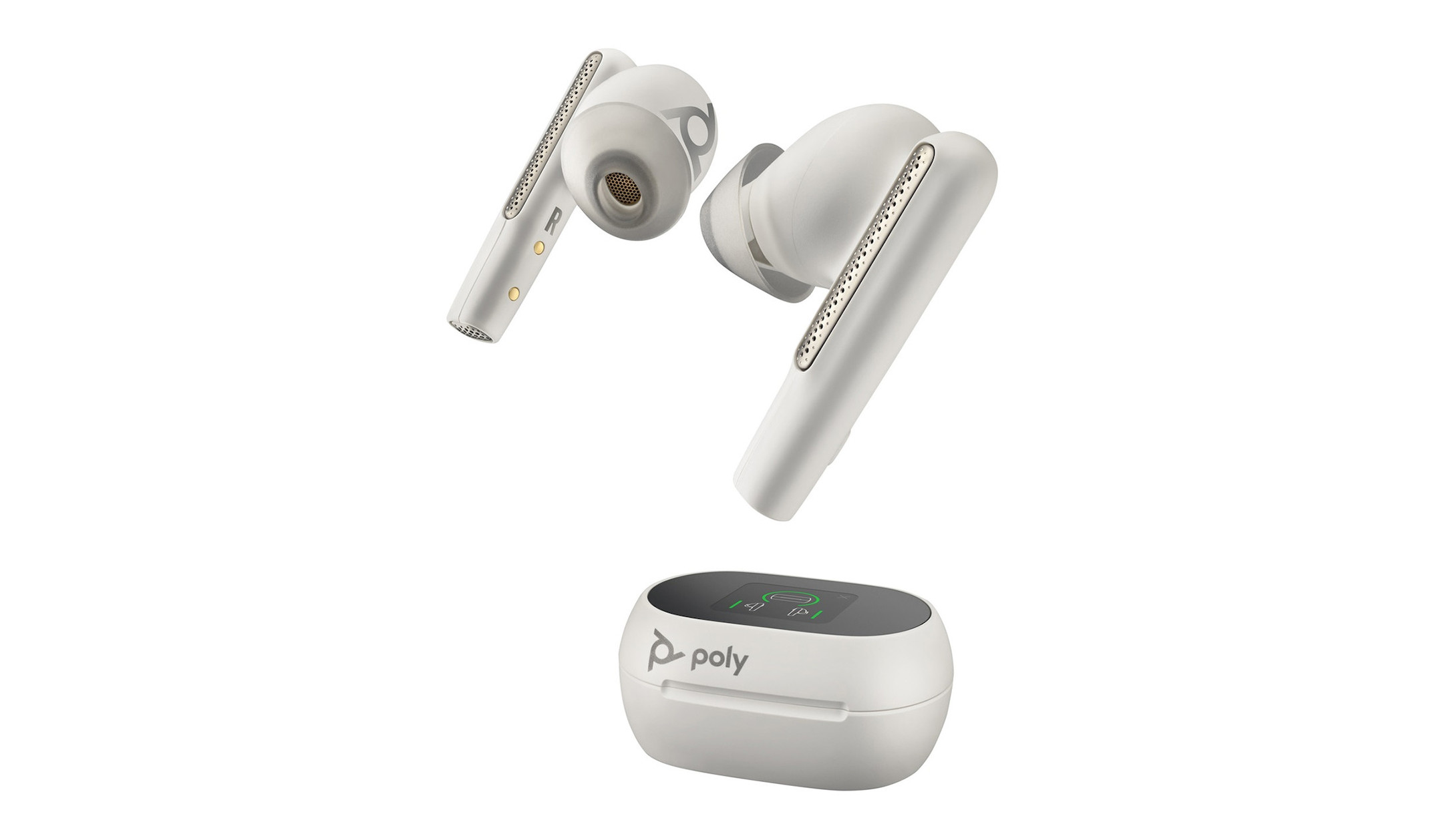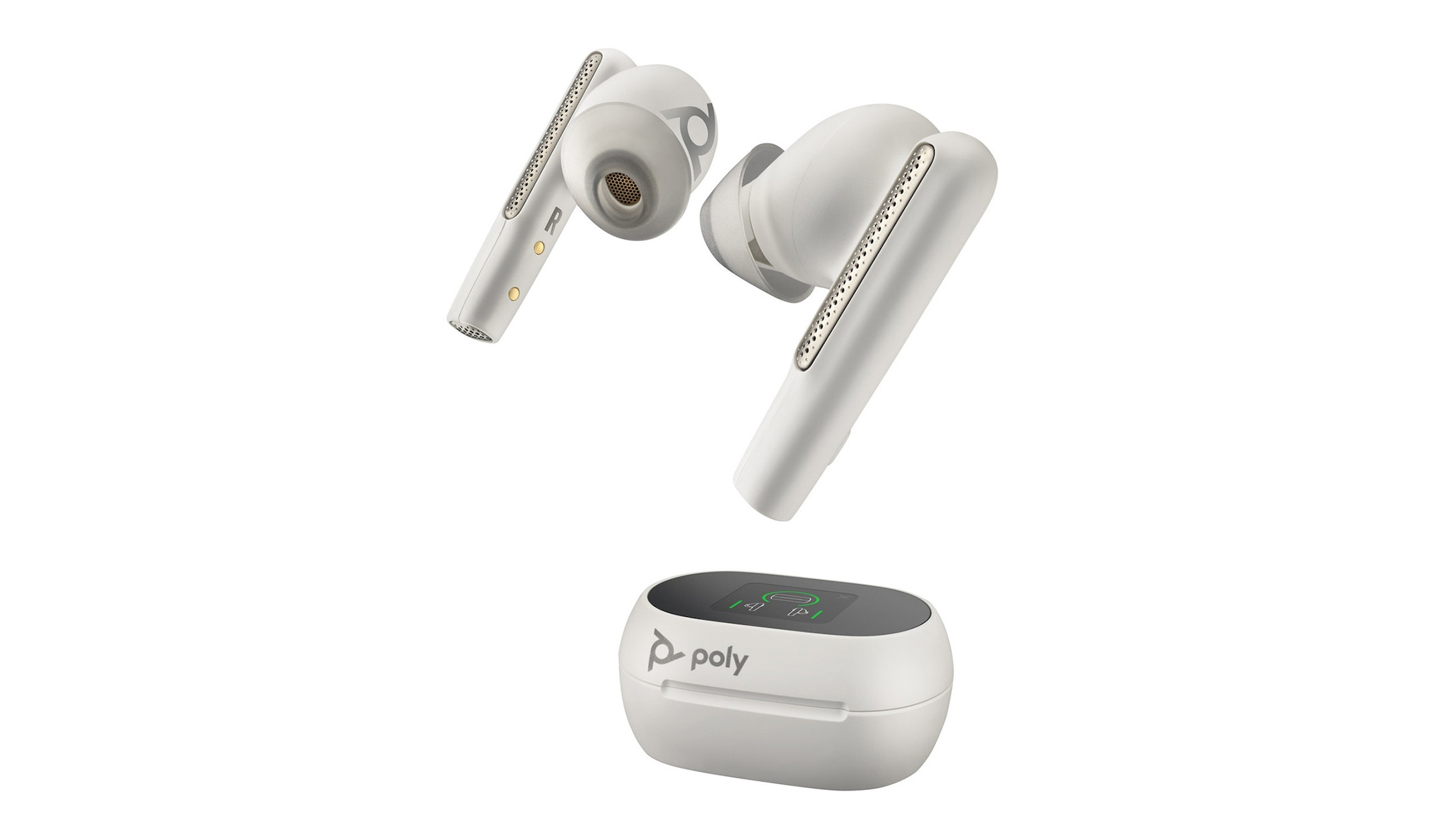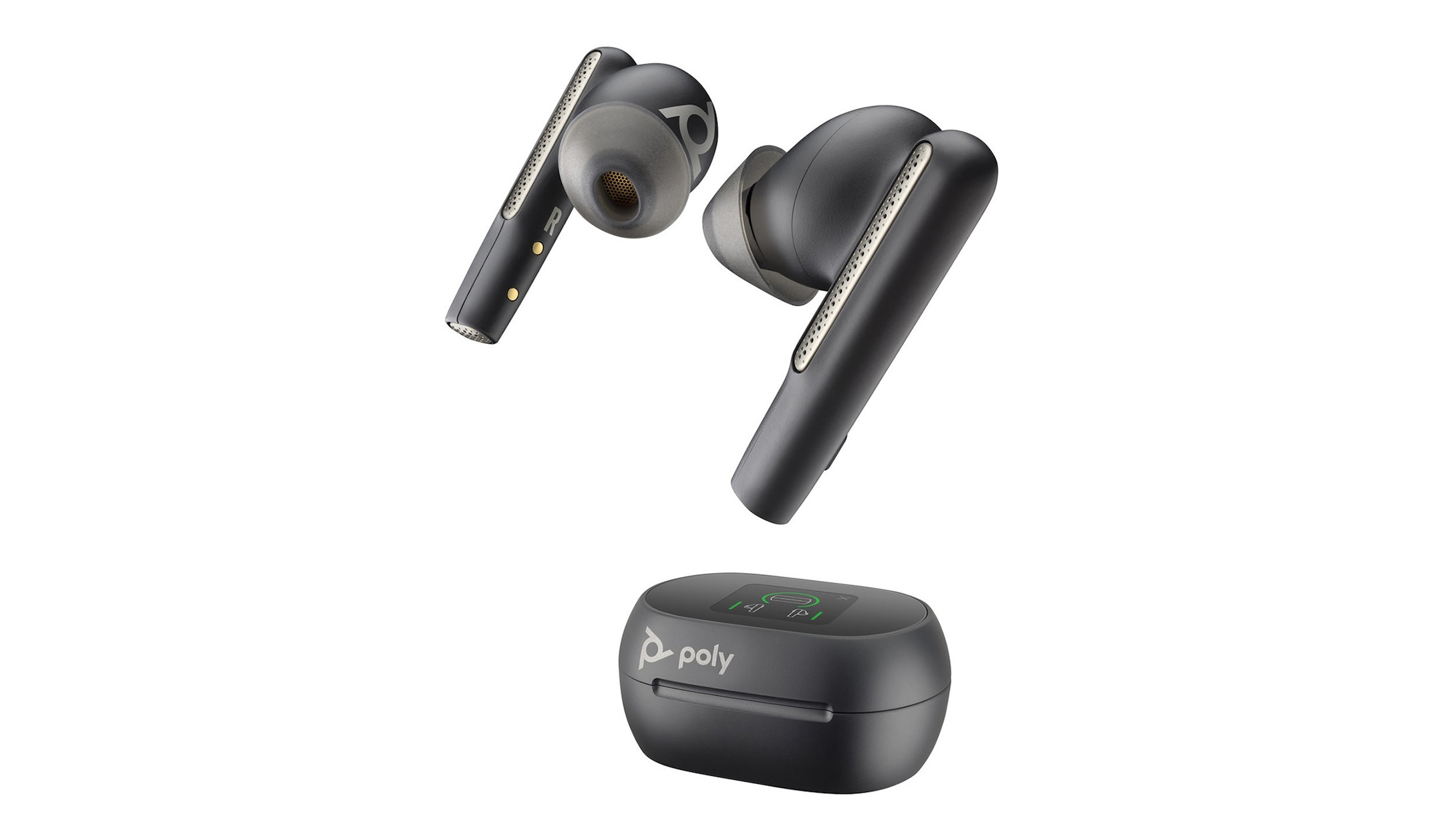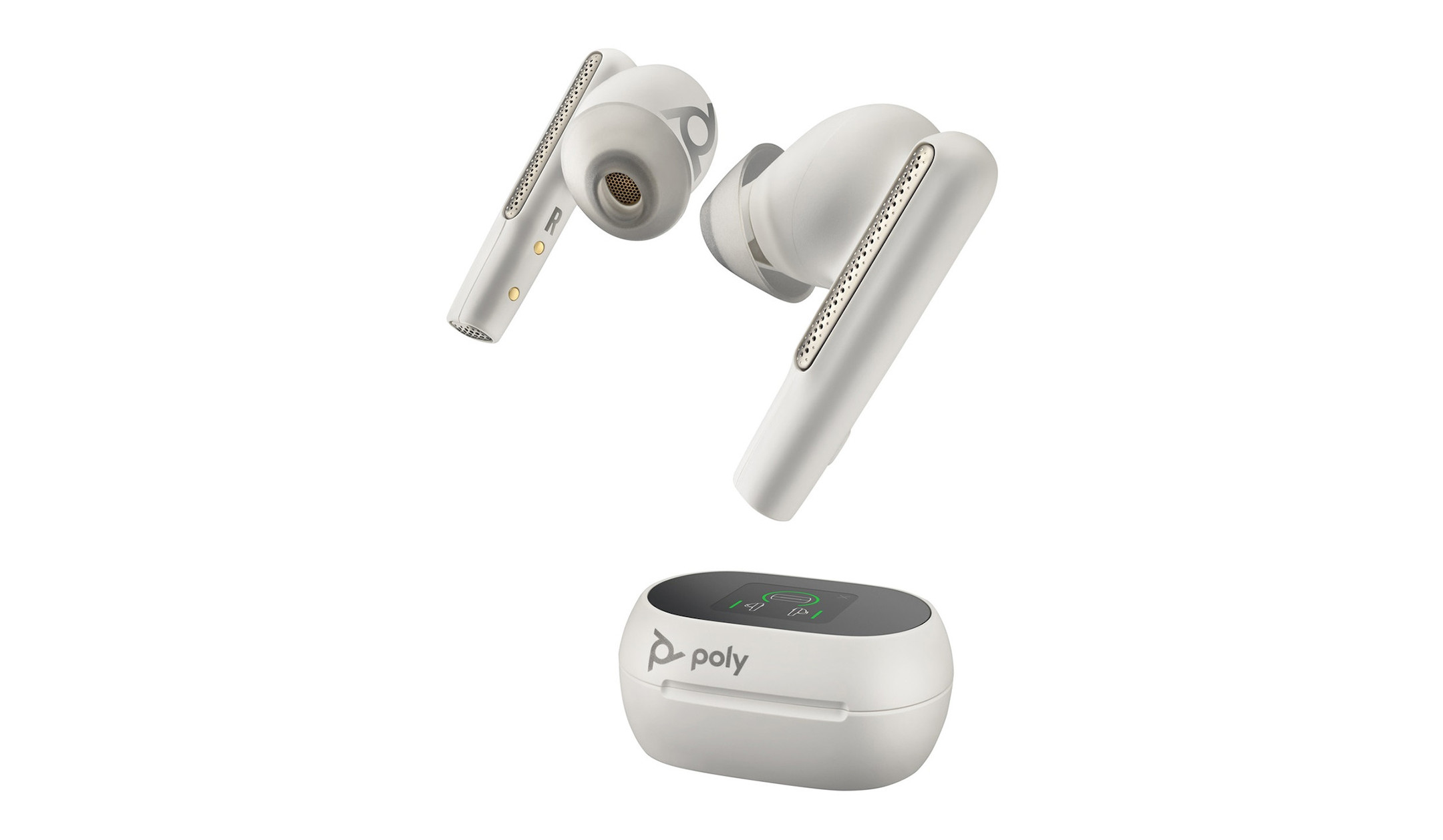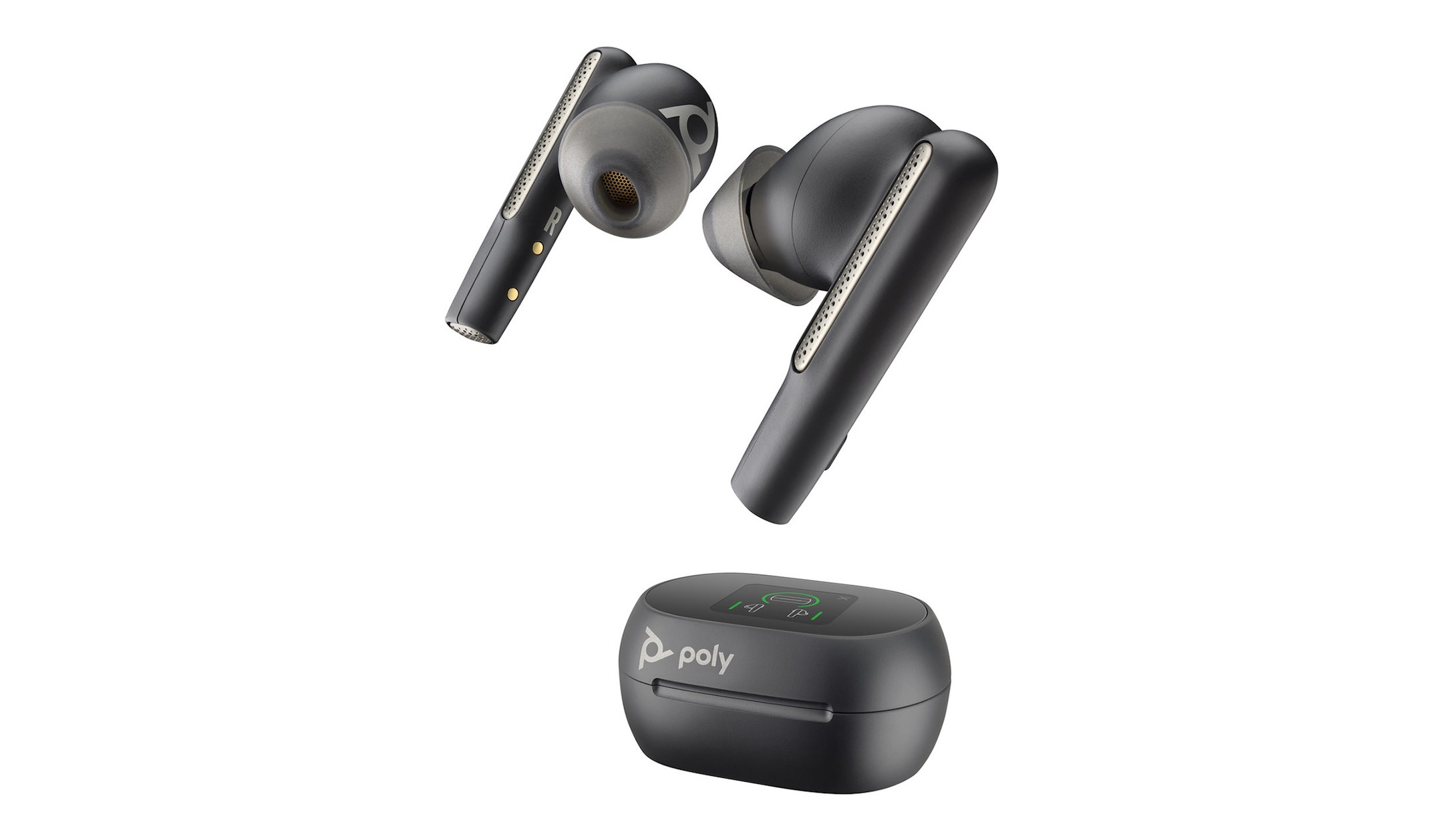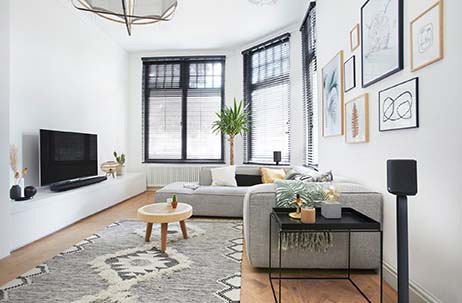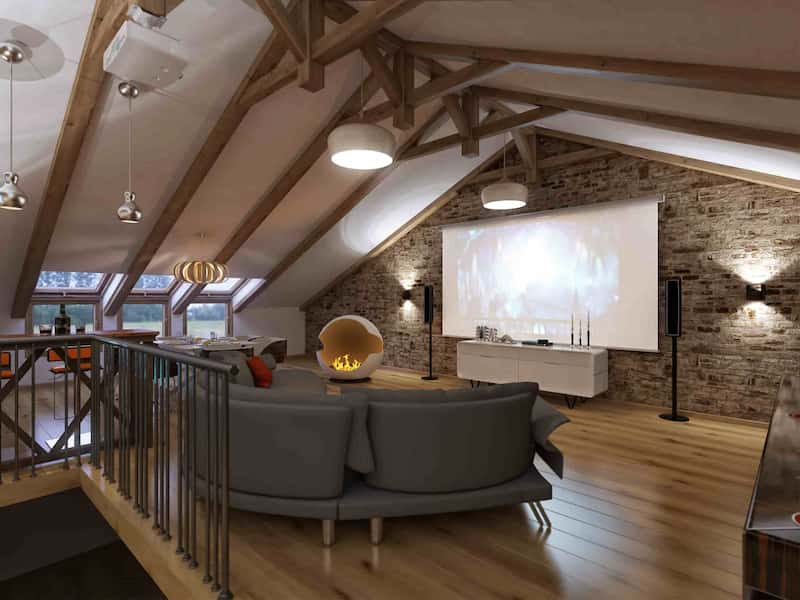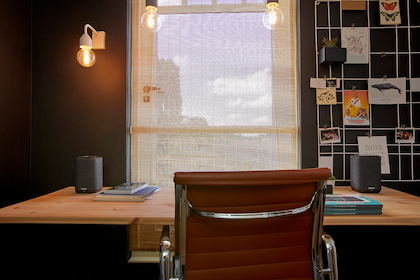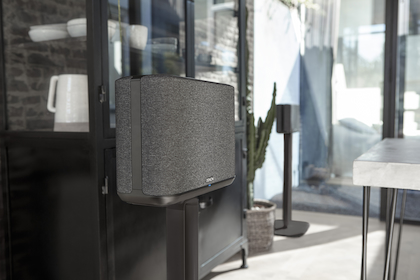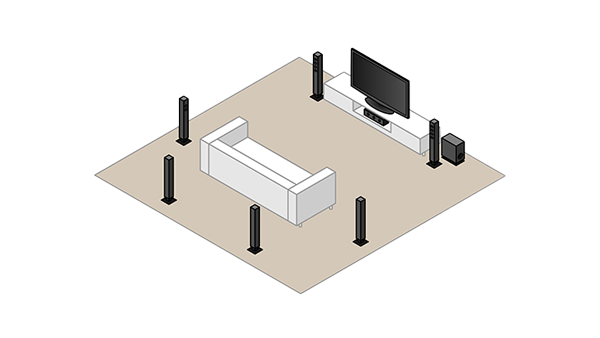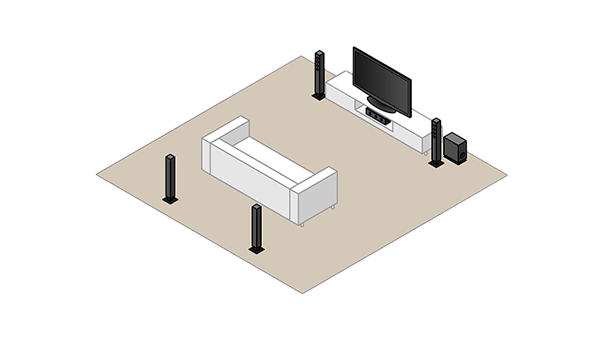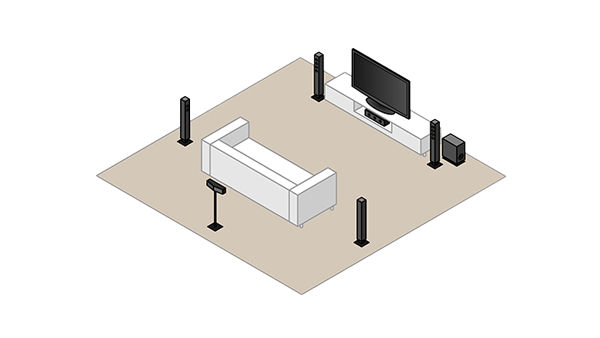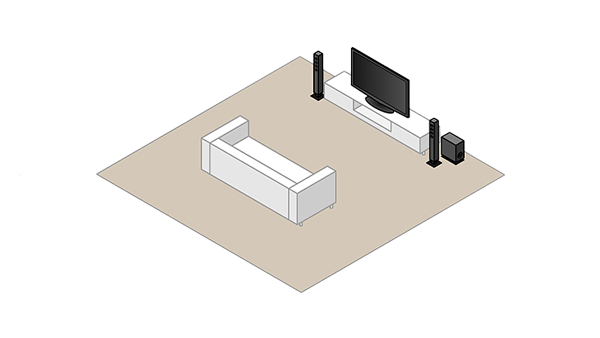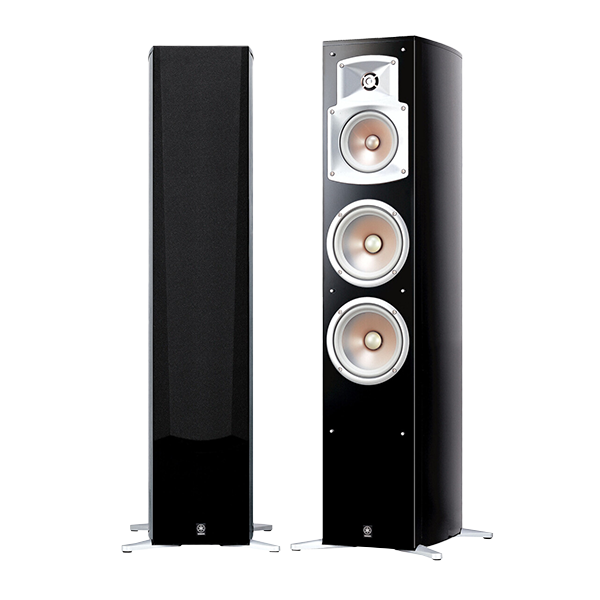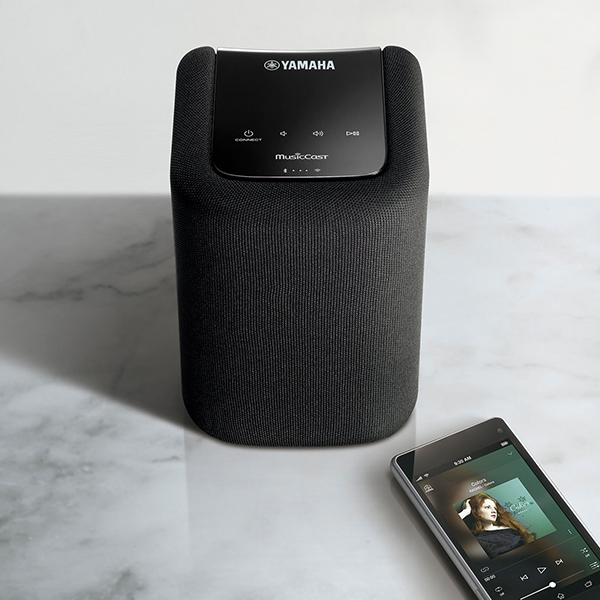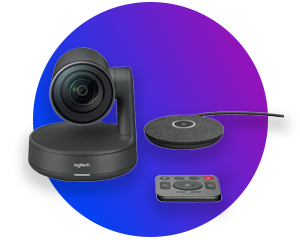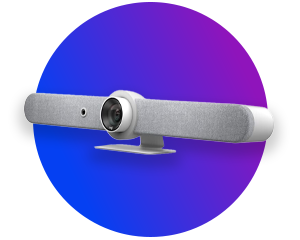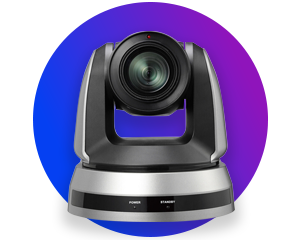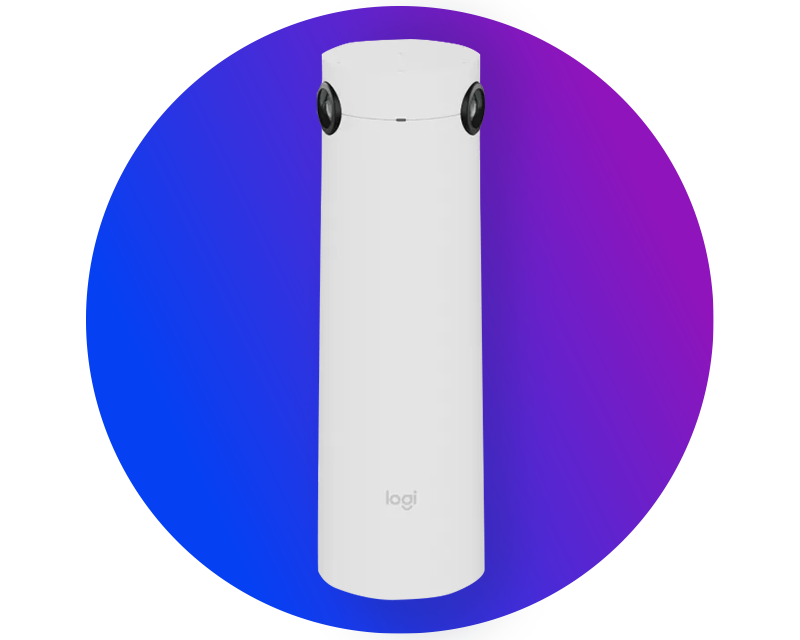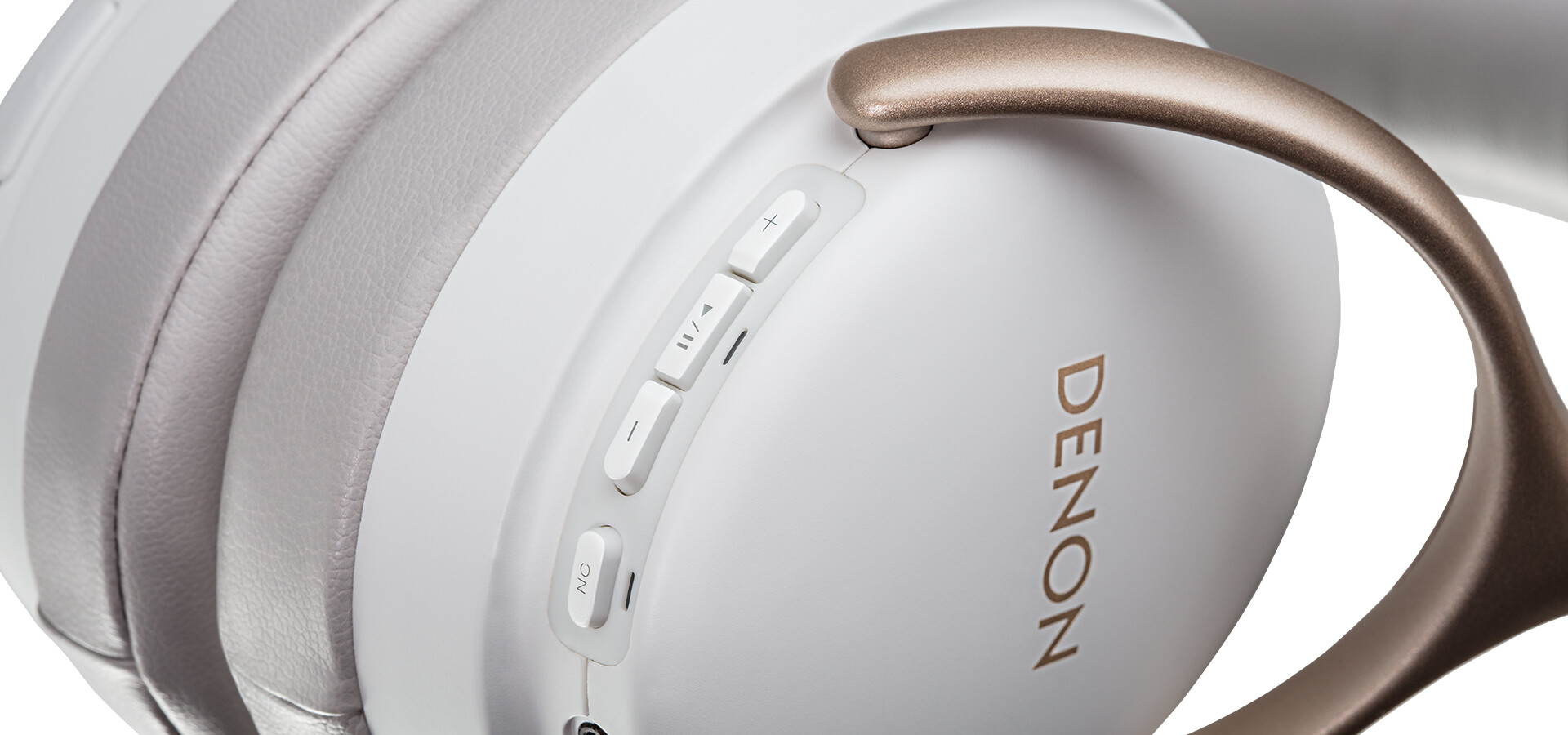Audio
Buy audio, hi-fi and home cinema components online from the experts
Good sound is an essential part of the home cinema experience, because the built-in speakers of a projector or TV have a mediocre sound quality. Therefore, additional speakers or a home cinema system are needed!
An AV receiver together with surround speakers is an unbeatable home cinema duo! Create an authentic home cinema atmosphere with a powerful sound system. We will be happy to advise you!
AV Receiver: The Control Centre in the Home Cinema
An AV receiver amplifies and distributes audio signals, enhances video signals and connects various multimedia devices and speakers. In this way, you can control several playback devices such as Blu-ray players, notebooks and projectors simultaneously from one central AV receiver.
Most AV receivers are integrated amplifiers. This means that they already have an integrated preamplifier and a power amplifier. This means that, apart from separately available speakers, you have all the components of a full-fledged home cinema system in one device.
Possibilities with AV receivers
Our tip:
We also offer complete home cinema systems as sets. They consist of an AV receiver and several speakers for surround sound.
HiFi amplifiers and power amplifiers
HiFi amplifiers and power amplifiers amplify the stereo audio signals of the connected devices - be it a record player or another playback device. Compared to AV receivers, hi-fi amplifiers are designed for pure audio enjoyment.
Network Player and Multiroom Speaker
Network players and multi-room speakers open the way to the WiFi world of audio streaming. A network player connects your hi-fi system to the Internet and your home network. If you wish, you can also connect all network-compatible devices such as smartphones or tablets to a network player. This way you can comfortably listen to your favourite music.
Many network players support Bluetooth or Apple AirPlay, which allows you to access your iTunes library.
Multiroom speakers extend music enjoyment to several rooms via WLAN. You can set up these loudspeaker boxes in your living room, bedroom or kitchen and control them via a Multiroom app. You can define the music selection for each room individually or synchronize all rooms with each other.
Soundbar: The compact home cinema system
Soundbars are sleek, slim and, above all, more compact than a home theatre system. If you lack the space to set up a home cinema, a soundbar is a real alternative to a conventional surround sound system.
With a soundbar, you can enhance the sound of your TV. This bar has several built-in speakers and often an additional subwoofer. Soundbars are usually wireless and can be placed underneath the TV or mounted on the wall as desired.
Connecting soundbars to end devices
You can connect game consoles, Blu-ray players and other playback devices very easily by cable or wirelessly, depending on the model of the soundbar:
Loudspeaker surround sets: 2.1, 7.1 and 11.2
At home, you have the greatest scope for fancy ideas. Put together an impressive home cinema system from several speakers.
A classic 5.1 surround set contains two floorstanding speakers, two bookshelf speakers, a centre speaker and a subwoofer. With the appropriate multichannel support of your AV receiver, you can install a 7.1 or even an 11.2 home cinema system.
Loudspeakers for home and on the move
Our tip:
We also have complete speaker sets for stereo systems and home cinema. Our experts will explain which set goes best with your AV receiver or a HiFi amplifier!
Professional audio equipment for companies
Professional conference systems and loudspeaker systems are an integral part of modern business. Digital communication, for example at international meetings and conferences, is crucial for business success.
Our recommendations for your Professional Audio:
Loudspeakers for conference rooms and restaurants
In retail and catering, loudspeaker systems have long been part of the professional standard. This is because music influences buying behaviour and has a positive effect on customer satisfaction. Basically, a distinction can be made here between the different types of loudspeakers:
Video conferencing systems
A conference system enables simultaneous, location-independent communication between conference or meeting participants. Conference systems can be set up wired or wirelessly. We offer both audio-only conference systems and video conference systems. For internet telephony, we recommend a VOIP system (Voice Over IP).
Headphones - music from everywhere
Headphones are portable, individual speakers that attach directly to the ears and allow one to listen to music, podcasts, audiobooks and other audio content privately without disturbing others in the vicinity. They come in a variety of styles, including in-ear headphones that sit directly in the ear canal, over-ear headphones that enclose the entire ear, and on-ear headphones that rest on the ear. Modern headphones can be wired or wireless and often offer features such as active noise cancellation, built-in microphones and touch controls. The quality and listening experience can vary greatly depending on the brand, model and price. Headphones are an essential everyday accessory for many, whether for commuting to work, working out at the gym or just relaxing at home.
Many also use headphones to stream online or while enjoying old vinyl records through record players . Streaming music and podcasts are particularly popular with younger generations as it provides constant access to an endless selection of content. There are also special headphones that are optimised for such streaming services and ensure the best possible audio quality. Another criterion when buying headphones is the design. For some, they are not only a technical device, but also a fashion statement. Many manufacturers therefore offer products with individual designs, colours and materials. Some models are available incl. personalised design options, but this usually increases the price.



